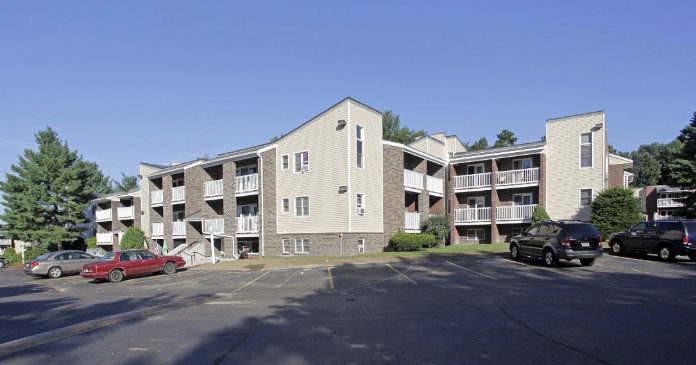Rising home prices and interest rates coupled with elevated construction costs, low existing inventory and solid demand resulted in a significant decline in housing affordability during the second quarter of 2023.
According to the National Association of Home Builders (NAHB)/Wells Fargo Housing Opportunity Index (HOI), 40.5 percent of new and existing homes sold between the beginning of April and end of June were affordable to families earning the U.S. median income of $96,300. This is down from 45.6 percent posted in the first quarter of this year, and the second-lowest reading since NAHB began tracking affordability on a consistent basis in 2012. As another reminder of ongoing housing affordability challenges, the second quarter 2023 HOI reading remains lower than the second quarter 2022 score of 42.8 percent.
“While builders continue to face a number of affordability challenges, including a shortage of distribution transformers, elevated construction costs and a lack of skilled workers, they remain cautiously optimistic about market conditions,” said NAHB Chairman Alicia Huey, a custom home builder and developer from Birmingham, Ala. “A lack of existing inventory is fueling demand for new construction, and mortgage rates are expected to stabilize in the weeks and months ahead as the Federal Reserve nears the end of its tightening cycle.”
“Rising mortgage rates in 2023 that peaked near 7 percent recently have been a major factor in declining affordability conditions,” said NAHB Chief Economist Robert Dietz. “Given the Fed’s limited ability to address rising construction costs, the best way to satisfy unmet demand and ease the nation’s housing affordability crisis is to enact policies that will allow builders to construct more homes.”
The HOI shows that the national median home price increased to $388,000 in the second quarter, up from $365,000 in the previous quarter. Meanwhile, average mortgage rates were 6.59 percent in the second quarter, up from 6.46 percent in the first quarter.
The most and least affordable markets in the second quarter
Lansing-East Lansing, Mich., was the nation’s most affordable major housing market, defined as a metro with a population of at least 500,000. There, 84% of all new and existing homes sold in the second quarter were affordable to families earning the area’s median income of $97,800.
Top five affordable major housing markets:
-
- Lansing-East Lansing, Mich.
- Scranton-Wilkes-Barre, Pa.
- Harrisburg-Carlisle, Pa.
- Indianapolis-Carmel-Anderson, Ind.
- Pittsburgh, Pa.
Meanwhile, Cumberland, Md.-W.Va., was rated the nation’s most affordable small market, with 95.5 percent of homes sold in the second quarter being affordable to families earning the median income of $89,900.
Top five affordable small housing markets:
-
- Cumberland, Md.-W.Va.
- Bay City, Mich.
- Elmira, N.Y.
- Davenport-Moline-Rock Island, Iowa-Ill.
- Utica-Rome, N.Y.
For the 11th straight quarter, Los Angeles-Long Beach-Glendale, Calif., remained the nation’s least affordable major housing market. There, just 3.2 percent of the homes sold during the second quarter were affordable to families earning the area’s median income of $97,500.
Top five least affordable major housing markets—all located in California:
-
- Los Angeles-Long Beach-Glendale
- Anaheim-Santa Ana-Irvine
- San Diego-Chula Vista-Carlsbad
- Oxnard-Thousand Oaks-Ventura
- San Francisco-San Mateo-Redwood City
The top five least affordable small housing markets were also in the Golden State. Tied at the very bottom of the affordability chart were Salinas, Calif., and San Luis Obispo-Paso Robles, Calif., where 6.5 percent of all new and existing homes sold in the second quarter were affordable to families earning the area median income of $100,400 in Salinas and $113,100 in San Luis-Obispo-Paso Robles.
Top five least affordable small housing markets—all located in California:
-
- Salinas
- San Luis Obispo-Paso Robles
- Santa Maria-Santa Barbara
- Napa
- Merced
Please visit NAHB for tables, historic data and details.













